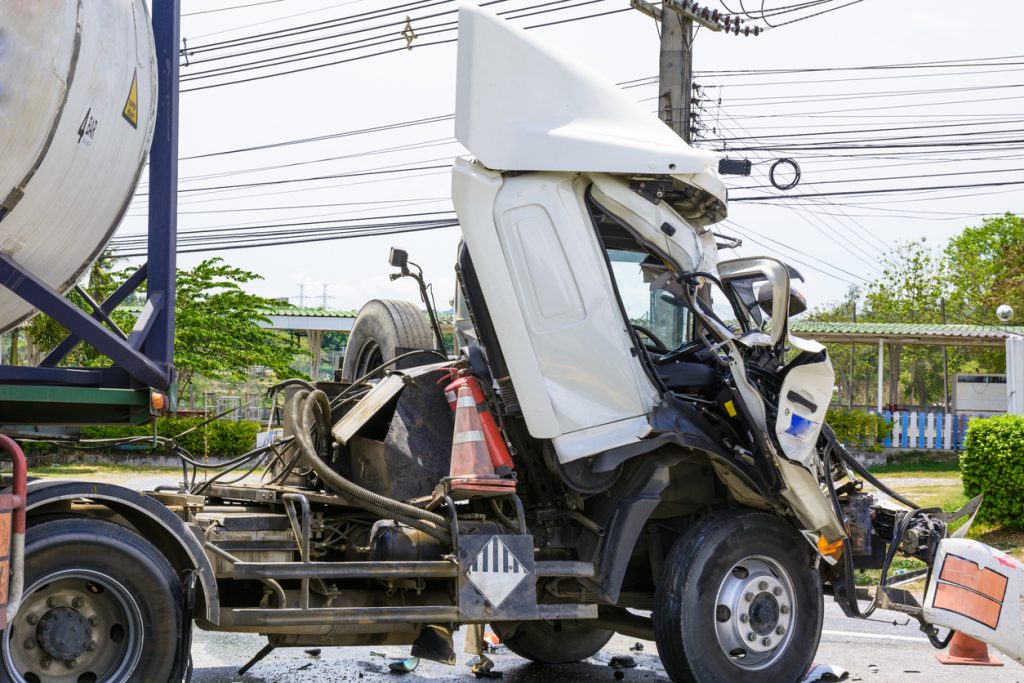Juries Resonate Most with Social Media Data
Consider this scenario: A new First Report of Injury (FROI) hits your desk with clear liability. The claimant is more accurately probably deceased. The coverage limits you have to defend contain 8 numbers. It doesn’t matter if you are an adjuster or defense counsel the response is the same. Allow yourself a heartfelt groan…and get to work.
The script on these types of files has enough variation to keep it interesting but the general plot remains the same; Plaintiff counsel is going to demand the moon and half the stars in the universe. This demand is going to cause the management teams in your “tower” to go into catatonic paralysis which means chances are better than average that in 3-5 years you will be in front of a jury hoping your story is more convincing the plaintiff’s.
Historically, the defense bar felt the most convincing story would be the story that was built on cold hard facts… but our culture in changing. Most jury pools have spent their formative years on social media hopelessly addicted to “likes” and are growing suspicious of scientists and ‘experts’.
The story told in court will need photos at least and preferably videos to resonate with the jury, and content pulled from familiar venues like Facebook and TikTok will be MORE believable to an average juror than a scientific reconstruction because the average person resonates with social media more than any other source. Juries have been accustomed to “timelines” and accept the fact that at least a portion of most people’s lives are available for viewing.
The key to successfully arguing damages at trial is telling a relatable story supported by a dynamic stream of social media and investigative information over years and months and “seasoned” with quantifiable data.
Fraud Sniffr (https://www.fraudsniffr.com) allows adjusters and defense counsel to store these kinds of content and automatically sort them into a timeline that looks familiar to a jury. Talk to us more about how to get started!

